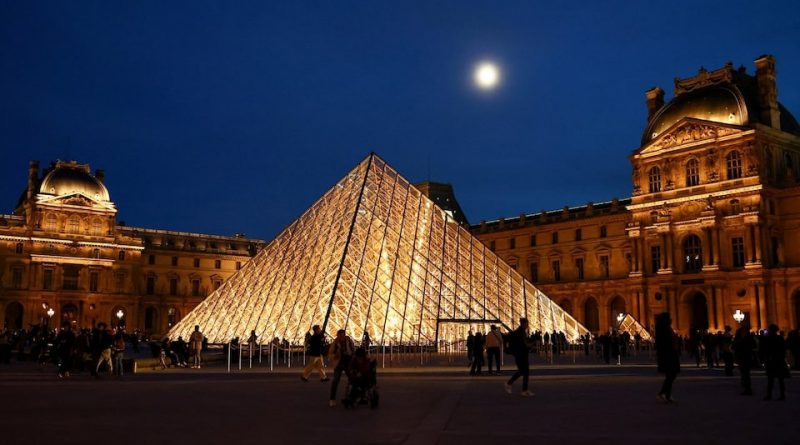Two more charged in connection with Louvre jewel heist
Paris – Authorities in Paris have formally charged two additional suspects in connection with the high-profile Louvre Museum jewel theft, marking a significant step forward in one of France’s most talked-about art crime investigations.
The charges come as investigators continue to uncover details surrounding the meticulously planned heist, which targeted treasures from the museum’s famed Galerie d’Apollon.
According to the Paris prosecutor’s office, a 37-year-old man and a 38-year-old woman were placed under formal investigation on Saturday.
The man, who is known to police for previous theft-related offenses, faces charges of organized theft and criminal conspiracy. The woman was charged with complicity in organized theft and conspiracy.
Both individuals have denied involvement in the robbery and remain in pre-trial detention as inquiries continue.
The announcement brings the total number of people formally charged in the case to four. Three others who had been detained earlier in the week were released without charge after questioning.
The ongoing investigation reflects the seriousness with which French authorities are treating the case, given both the monetary value of the stolen jewels—estimated at around $102 million—and the symbolic importance of the Louvre as a global cultural landmark.
While details about the identities of the two new suspects remain limited, local media reported that the woman is from La Courneuve, a suburb located north of Paris.
The prosecutor’s office declined to release further information to protect the integrity of the investigation. Officials emphasized that cooperation between different branches of law enforcement has been crucial in tracing the suspects and piecing together the events leading up to the heist.
The first two suspects charged in the case were arrested earlier in October. One, a 34-year-old Algerian national living in France since 2010, was detained by police at the airport as he attempted to board a flight to Algeria.
The second, a 39-year-old man already under judicial supervision for aggravated theft, resides in Aubervilliers, a neighborhood in northern Paris. Both individuals have reportedly made partial admissions regarding their involvement in the crime.
Investigators believe the heist was carried out by a small, highly organized group that used a mover’s lift to access the second-floor gallery, where they smashed display cases with power tools before fleeing on scooters driven by accomplices.
The theft was executed with precision, suggesting prior knowledge of the museum’s layout and security systems. Despite the swift arrests, none of the stolen jewels have yet been recovered, and the search for the missing treasures continues.
The Louvre Museum, one of the world’s most visited cultural institutions, has remained open to the public since the incident. Museum officials have assured visitors that security protocols are being thoroughly reviewed and strengthened to prevent similar incidents in the future.
French authorities have also noted that the museum’s cooperation has been instrumental in the investigation, providing surveillance footage and technical information that helped trace the suspects’ movements.
Experts in art security have pointed out that high-value museum heists often involve extensive planning and international networks.
They have expressed confidence in the French police’s ability to eventually locate the stolen items, as such rare pieces are extremely difficult to sell on the open market without attracting attention.
The investigation continues under the supervision of specialized judges, with international cooperation being considered in case the stolen jewels are moved across borders.
Authorities have encouraged the public to remain vigilant and report any suspicious offers related to rare art or jewelry that may be connected to the case.
While the theft has raised concerns about museum security worldwide, it has also sparked renewed discussions about protecting cultural heritage and ensuring that global treasures remain accessible and safe.
The case continues to capture public attention, symbolizing both the vulnerability and enduring importance of the world’s great museums.


